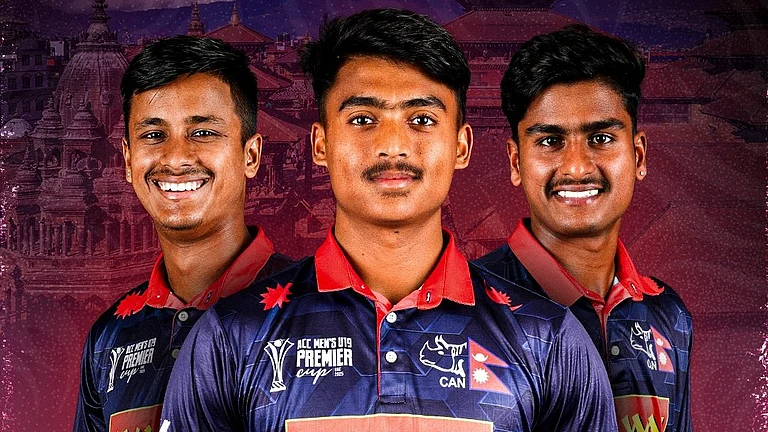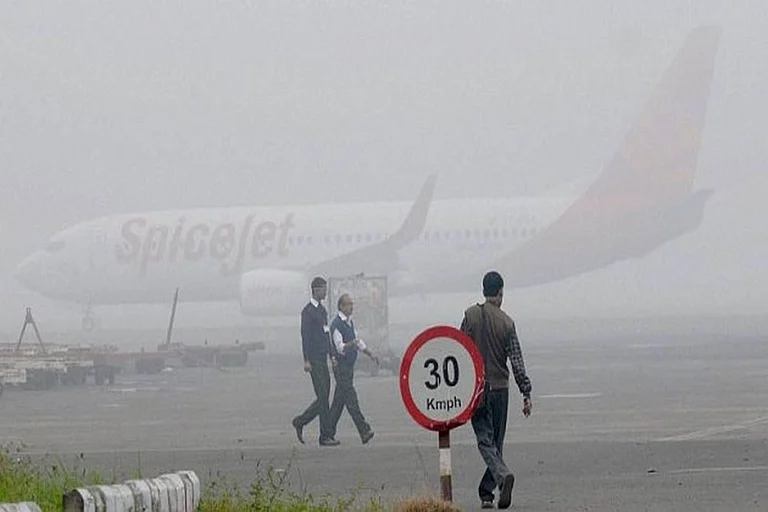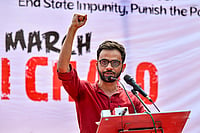How did you start working on the book?
I switched on the TV to watch the first episode of Kaun Banega Crorepati, and Kyunki Saas Bhi Kabhi Bahu Thi started—I was hooked.
So you’re an academic who enjoys soaps?
They are like Karan Johar films on small screen—hugely entertaining, lavish sets, gorgeous costumes, good acting.
What’s the difference between Hindi cinema and Indian soap operas?
A soap opera is a woman-centred, home-based story, and has no closure—it keeps going.
Who are these soaps made for?
The earlier K soaps were for the metro audience. But with viewership shifting to towns and villages, they also cater to families there.
Many call soap operas regressive.
That’s because most people think if a woman is not working outside the home, it’s regressive. Soaps may be only about home-makers but these women are in control and command respect within the home.
Why do women have to be long-suffering and self-sacrificing to be role models?
Through their sacrifice, women establish a moral authority and exceed gendered roles.
How have they influenced popular culture?
Festivals like karva chauth have now become national, the mangalsutra is now tied by communities that never did so earlier and the influence on fashion is self-evident.
Why do women want to watch such over-the-top soaps?
However over-the-top they seem, women find vignettes of their own experience in these soaps—there’s both an element of aspiration and thank-god-it’s-not-me in them.
Do you find a change in the way women are now portrayed in the soaps?
They’re more conservative than the earlier Parvatis or Tulsis.
Do you see a future for these soaps?
They always top the TRPs. There’ll be a greater variety of stories in the decades ahead.























